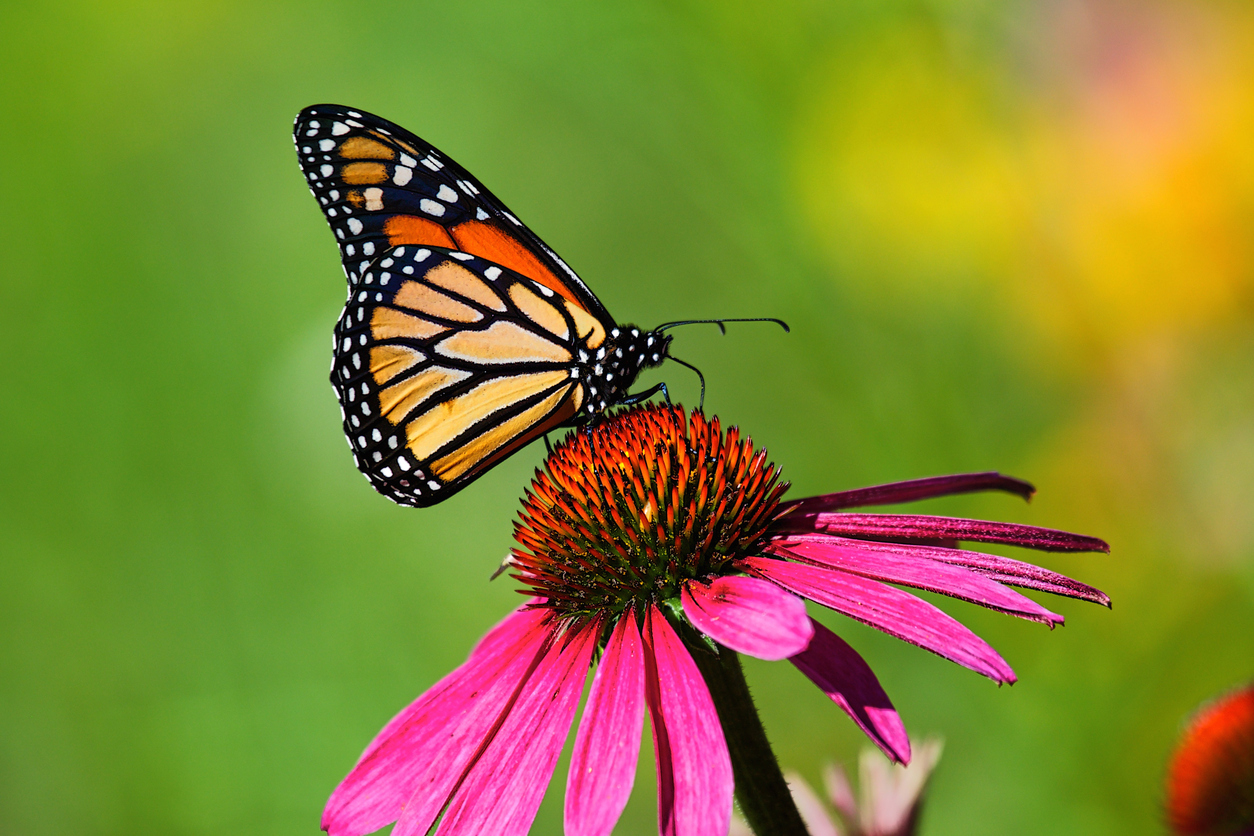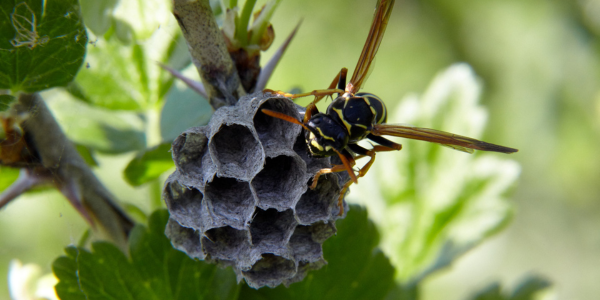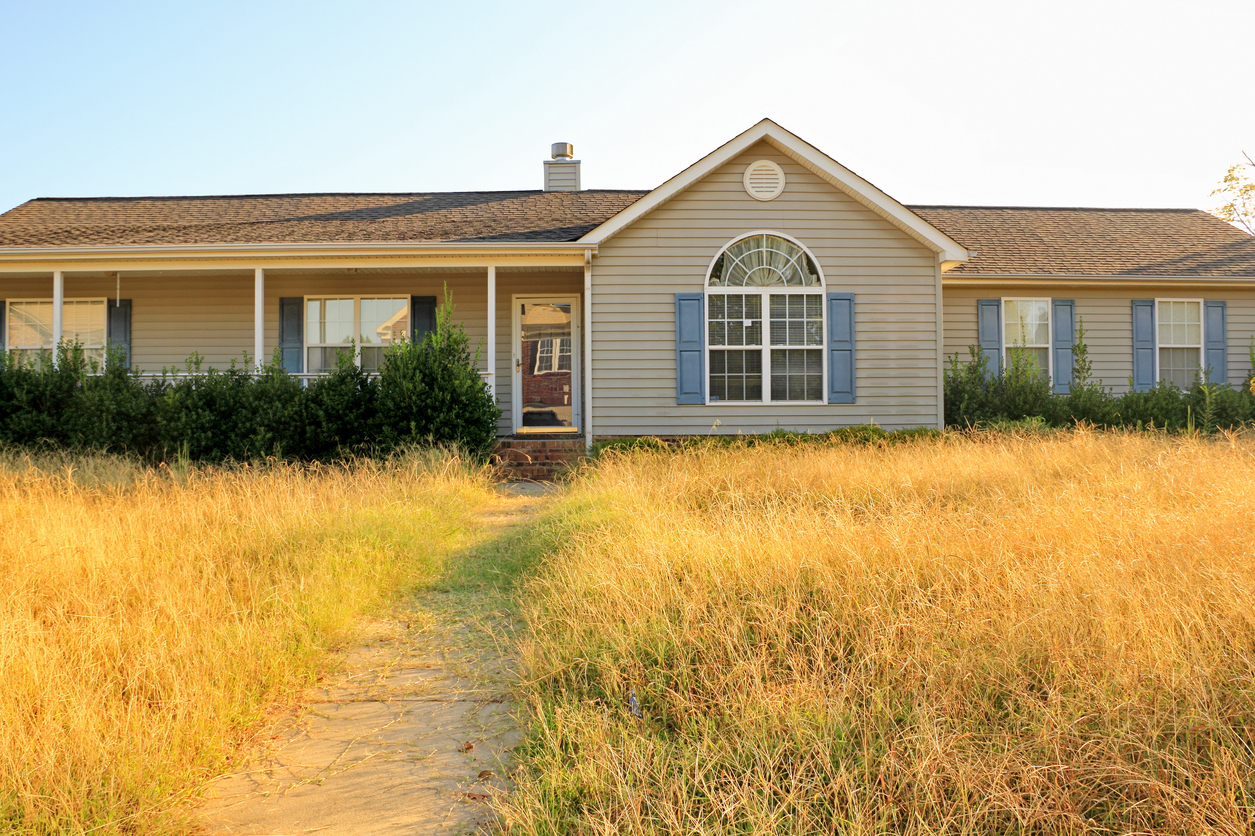
Why Do Butterflies Have Colored Wings?
Butterflies are some of the most beautiful creatures on this planet. Many different species have colors you don’t normally see in nature.
But have you ever wondered why so many different butterflies have such exotic colors and patterns?
What Do the Colors and Patterns Do?
Many things in nature exist for a reason rather than by chance. In a butterfly’s case, its vibrant colors and detailed patterns serve a greater purpose than for it to look pretty.
Some use their colors to camouflage themselves from predators. Others use their beautiful exterior to warn others of possible dangers nearby. While females will use it to flaunt themselves to attract a male counterpart — (work it, girl).
Where Do the Colors Come From?
The colors and patterns on a butterfly are a bit more complicated than other animals. They’re comprised of two separate sources of color — ordinary and structural color.
- Ordinary Color – This source of color is the typical way of showing color. Chemicals will absorb certain wavelengths of light, which will, in turn, reflect other wavelengths of light. For example, if a butterfly has a green color, its chemical makeup will absorb red and blue wavelengths of light but will reflect the color not absorbed — green. In addition to this, butterflies that are brown or yellow will receive their different shades because of melanin (the pigment that makes you tan and gives you freckles).
- Structural Color – This source of color is because of the structure of the butterfly’s wings. As the wing moves, you’ll notice colors change. This is known as iridescence. This occurs when light passes through a transparent and multi-layered surface. Light will reflect off of these multiple, translucent surfaces, giving off a secondary color that can change the overall color of the butterfly. Think of the crazy colors you see when you look at a soap bubble closely — this is the same concept.
The structural color can lighten or darken the shade of the ordinary color. On the other hand, if the structural color is different from the ordinary color, it can change the overall color of the butterfly altogether.
A butterfly with a green ordinary color and a blue structural color could result in a yellow butterfly flapping around your yard. You’ll never look at butterflies the same now, will you?



